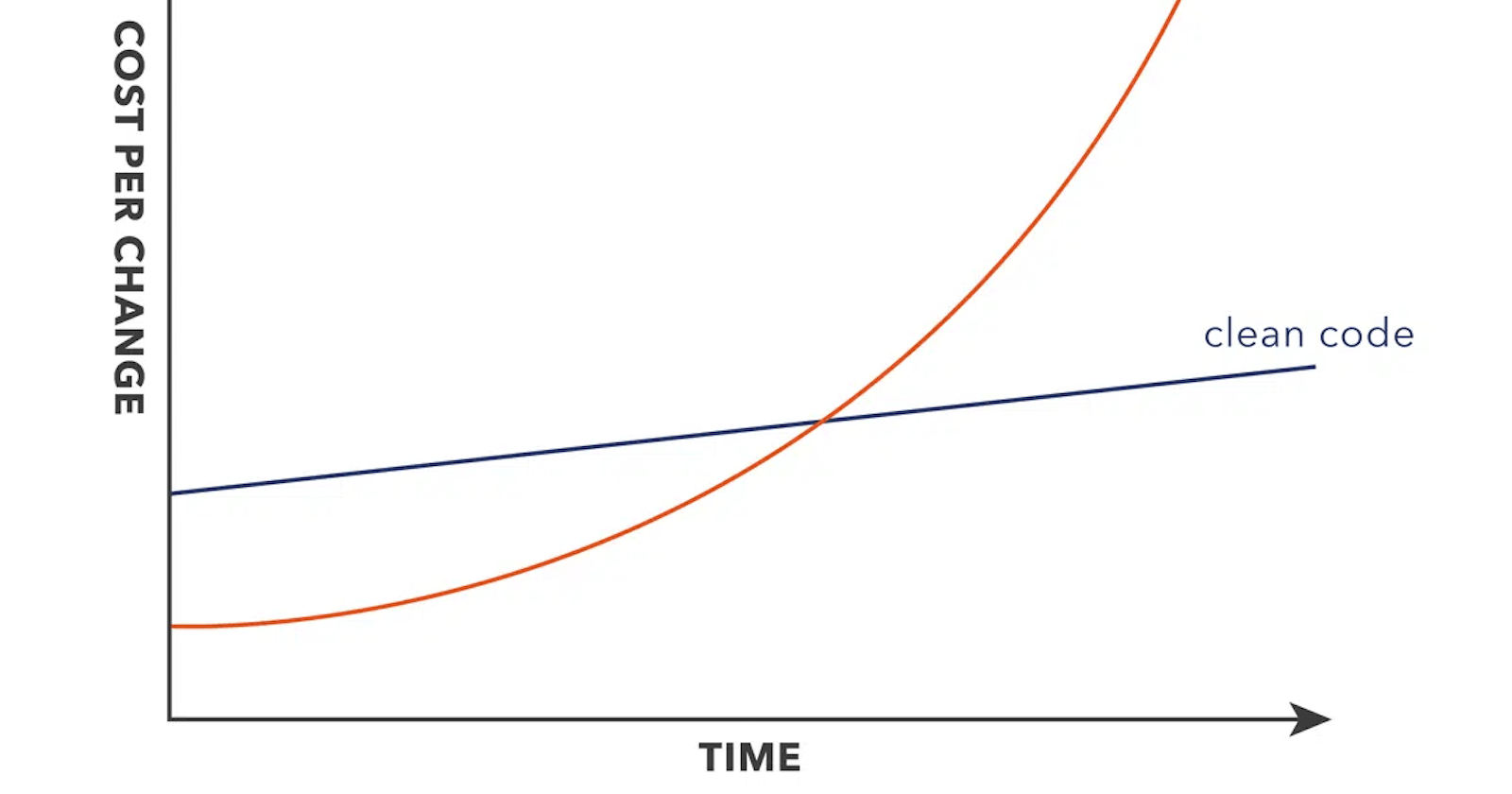Introduction
Clean code is the foundation of every successful software project. It is the art of writing code that is easy to understand, maintain, and extend. The importance of clean code cannot be overstated, as it directly impacts the productivity, collaboration, and longevity of a software system. In this post, we will delve into the concept of clean code and explore its principles, benefits, and best practices.
Understanding Clean Code
Clean code is not just about formatting and indentation; it encompasses a set of principles and practices that aim to produce code that is clear, concise, and readable. Clean code follows established coding conventions and emphasizes simplicity, clarity, and expressiveness.Benefits of Clean Code
2.1 Readability: Clean code is easy to read and understand. It reduces cognitive load, allowing developers to comprehend the codebase more quickly. Readable code promotes collaboration and knowledge sharing among team members.
2.2 Maintainability: Clean code is easier to maintain and update. It minimizes the chances of introducing bugs or unintended consequences when making modifications. Well-organized code with proper abstractions and modularization enables efficient debugging and troubleshooting.
2.3 Extensibility: Clean code is designed to be flexible and extensible. It follows the principles of SOLID (Single Responsibility, Open/Closed, Liskov Substitution, Interface Segregation, Dependency Inversion), making it easier to add new features or modify existing functionality without causing cascading effects.
2.4 Testability: Clean code is inherently testable. It adheres to the principles of separation of concerns and dependency inversion, allowing for unit testing and the application of other testing methodologies. Testable code enhances software quality and reduces the likelihood of regressions.
Principles of Clean Code
3.1 Meaningful Names: Use clear and descriptive names for variables, functions, and classes. Avoid cryptic abbreviations or overly generic names that can lead to confusion.
3.2 Single Responsibility Principle (SRP): Each function, class, or module should have a single responsibility and do it well. Avoid creating monolithic functions or classes that try to do too much.
3.3 Don't Repeat Yourself (DRY): Eliminate duplication by extracting common code into reusable functions or modules. DRY code is easier to maintain and reduces the risk of inconsistencies.
3.4. Keep Functions Small and Focused: Functions should be concise and focused on a specific task. Aim for functions that can fit within a single screen without the need for scrolling.
3.5. Favor Readability Over Cleverness: Prioritize code readability over clever tricks or overly complex constructs. Write code that is easy to understand and does not require mental acrobatics to decipher.
Best Practices for Clean Code
4.1. Consistent Formatting: Follow a consistent code formatting style throughout the project. Utilize proper indentation, line breaks, and spacing to improve code readability.
4.2. Meaningful Comments: Use comments sparingly, but when necessary, make them informative and explain the intent or reasoning behind the code. Avoid redundant or misleading comments that can become outdated.
4.3. Continuous Refactoring: Refactor code regularly to improve its quality and maintainability. As the system evolves, refactorings ensure that the code remains clean and aligned with changing requirements.
4.4. Unit Testing: Write comprehensive unit tests to validate the behavior and correctness of your code. Test-driven development (TDD) can guide the development process and lead to cleaner and more reliable code.
4.5. Peer Reviews: Conduct regular code reviews with your peers to identify potential issues and ensure adherence to clean code principles. Peer reviews foster knowledge sharing and encourage best practices.
Conclusion
Clean code is an essential aspect of professional software development. By adhering to the principles of clean code and adopting best practices, developers can produce code that is easier to read, maintain, and extend. The benefits of clean code extend beyond individual projects, positively impacting team collaboration, productivity, and overall software quality. Embrace the art of clean code, and elevate your software development skills to new heights.
